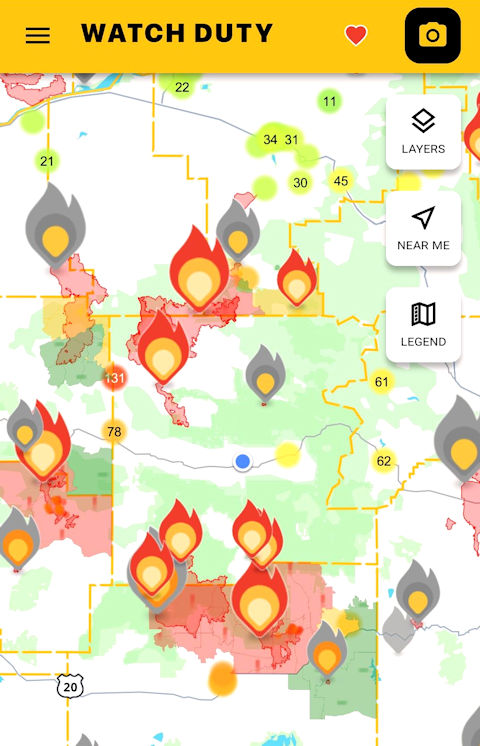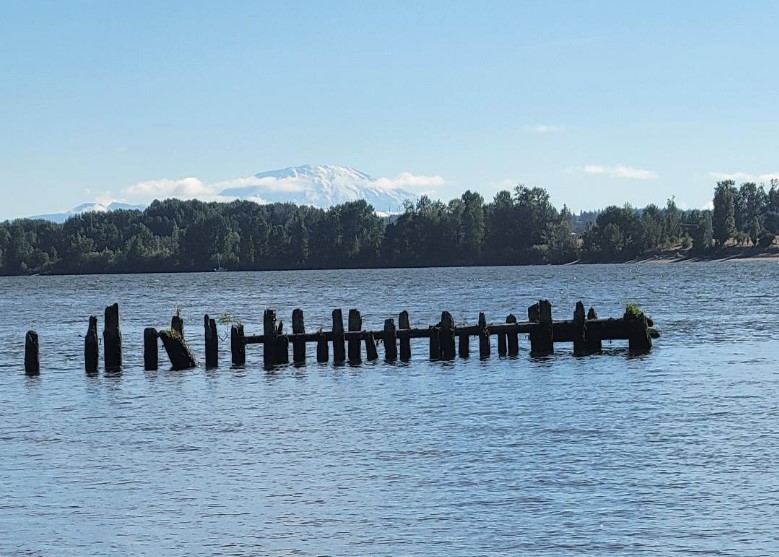While staying in the John Day area of eastern Oregon we visited the fossil beds that made this region unique. The fossils are from a time range of 55 to 5 million years ago! This means there are no dinosaurs – these are the ages of early mammals and plants.
The area where fossils have been found is huge, thousands of acres of land. The portion contained in the “John Day Fossil Beds National Park” contains three units along with the visitor center. The rest is private land and state parks.
The units are not right next to each other, there is a distance between them so we planned to do each section separately. Unfortunately we were here in late July and the whole area was suffering from dozens of fires! The worst of it was the smoke! The day we visited the visitor center it was so smoky we could not see the nearby hilltops and the air quality was bad. So, we stayed at the visitor center and didn’t do any of the hikes in the nearby Sheep Rock unit.
The Thomas Condon Paleontology and Visitor Center told the story of this area, including eras of wetlands and swamps interspersed with drier times of forests. And interspersing them all were times of volcanic eruptions of both lava and ash flows. Fossils include nuts and seeds, insects, small and large mammals as well as plants and leaves from each time.
Mammals include small animals similar to beavers with horns protruding from their lower jaw, and large mammals similar to rhinos, mammoths and horses.
There were fossilized bones as well as tree and nut fossils in the visitor center. Because it’s all behind glass pictures didn’t come out very well.
We monitored the air quality and smoke closely for the next few days. We noticed that each day started out fairly clear but as the day went on the smoke and air quality worsened. The Clarno and Painted Hills units, which were both over an hour west of where we were staying, had pretty good air quality predicted for a few days so we got up real early and headed out, planning to visit at least the Clarno unit before lunchtime.
We took a couple of short hikes in the Clarno area and there were no other visitors so Chloe was able to run around during the hikes (dog were allowed but were supposed to be on leash). One hike went to where there were great views of some rock formations where erosion made the various layers very visible. Another hike went around some of the rocks that had fallen from the rock formations and where several leaf and branch fossils were visible. The pics we took include several showing sycamore leaf and branch fossils. Very interesting!
Because the air quality was still very good we headed to the Painted Hills area the same day. The sloping hillsides with distinct colored layers were very interesting. We took one short hike around a hillside where several fossils had been found, but the hill was surrounded by a fence to dissuade people from collecting their own fossils so we couldn’t see any.
The rest of our visit to the John Day area was spent sitting inside the rig using the A/C when needed to stay out of the poor air quality. I’ve included a picture showing the various fires that surrounded us – we were staying at the blue dot.
Here are pics we took:


